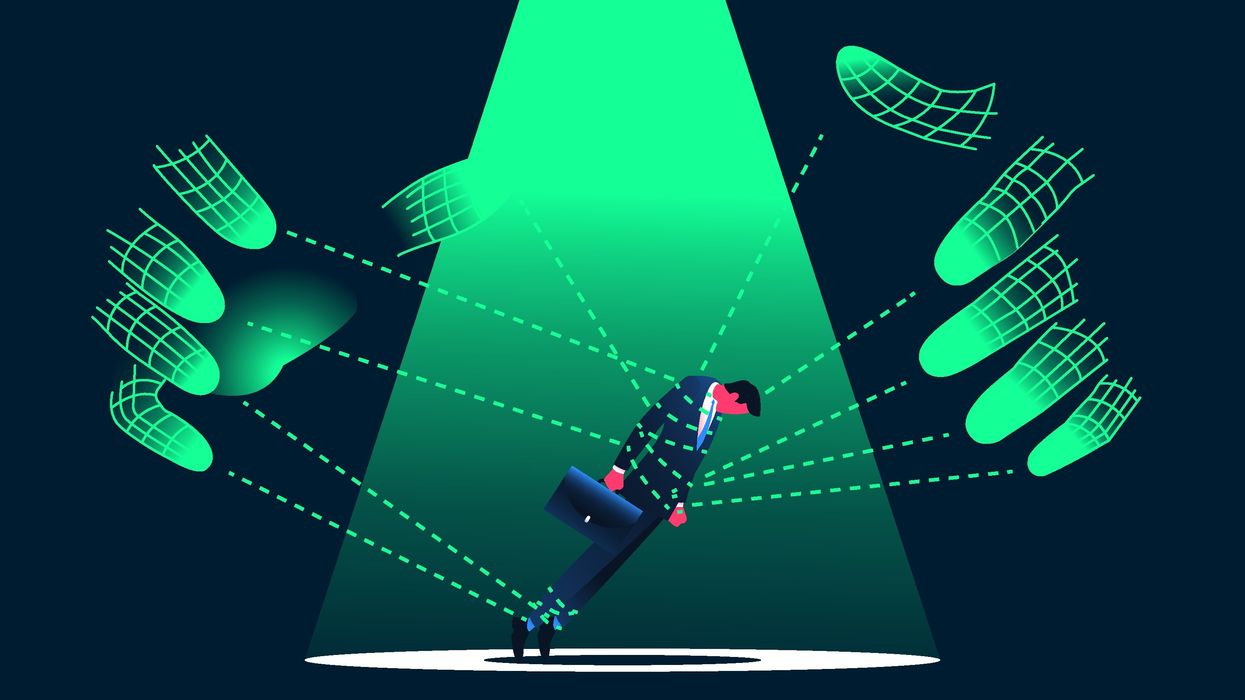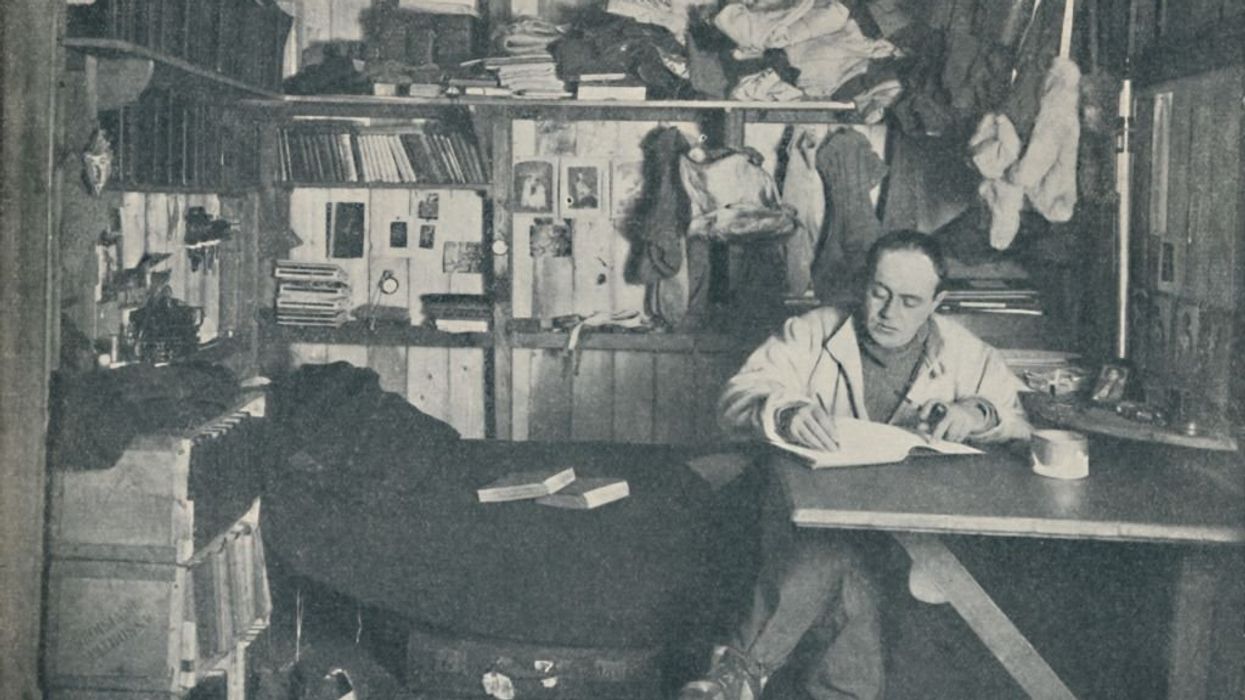 With photos of Sandy Hook Elementary School victims in the background, Senate Judiciary Committee member, Sen. Dianne Feinstein, D-Calif. speaks on on Capitol Hill in Washington, Wednesday, Feb. 27, 2013. during the committee's hearing on the Assault Weapons Ban of 2013. Credit: AP
With photos of Sandy Hook Elementary School victims in the background, Senate Judiciary Committee member, Sen. Dianne Feinstein, D-Calif. speaks on on Capitol Hill in Washington, Wednesday, Feb. 27, 2013. during the committee's hearing on the Assault Weapons Ban of 2013. Credit: AP
Sen. Dianne Feinstein (D-Calif.) made her case in favor of gun control during a packed hearing before the Senate Judiciary Committee on Wednesday. The hearing was called to debate Feinstein's proposed a ban on so-called "assault weapons."
“Let me now describe the key features of our new legislation, the ‘Assault Weapons Ban of 2013,’” Feinstein said Wednesday. "The bill bans the sale, transfer, importation, and manufacturing of 157 specifically named semi-automatic assault weapons."
She continued: "It also bans any other assault weapon, which is defined as a semi-automatic weapon that can accept a detachable magazine and has one military characteristic, such as a pistol grip, barrel shroud, or folding stock...These features were developed for military weapons to make them more effective and efficient at killing people in close-combat situations."
Feinstein, with photos of Sandy Hook victims behind her, argued that the U.S. has "witnessed an increased number of these mass killings" and called semi-automatic "assault weapons" the one "common thread running through these mass shootings." She says the gun ban is needed in order to prevent future tragedies.
“Sadly, [Newtown] is not an anomaly,” Feinstein said. “We have witnessed an increased number of these mass killings. The one common thread running through these mass shootings — from Aurora, Colorado, to Tucson, Arizona, to Blacksburg, Virginia — is that the gunman used a military-style semi-automatic assault weapon or a large capacity magazine to inflict unspeakable terror.”
But do the facts support Feinstein's argument?
Let's start with the claim that mass killings are on the rise in the United States. According to the Associated Press, those who study mass shootings say they are not becoming more common.
"There is no pattern, there is no increase," says criminologist James Allen Fox of Boston's Northeastern University, who has been studying the subject since the 1980s, spurred by a rash of mass shootings in post offices.
Grant Duwe, a criminologist with the Minnesota Department of Corrections who has written a history of mass murders in America, said that while mass shootings rose between the 1960s and the 1990s, they actually dropped in the 2000s. And mass killings actually reached their peak in 1929, according to his data. He estimates that there were 32 in the 1980s, 42 in the 1990s and 26 in the first decade of the century.
Chances of being killed in a mass shooting, he says, are probably no greater than being struck by lightning.
"Without minimizing the pain and suffering of the hundreds...who have been victimized in senseless attacks, the facts say clearly that [there] has been no increase in mass killings," Fox wrote. When clusters of incidents occur close together, he added, that likely reflects a mixture of copycatting and coincidence.
 (Source: Reason.com)
(Source: Reason.com)
Many anti-gun advocates have noted that six of the 12 deadliest shootings in U.S. history have occurred since 2007, with the Newtown massacre ranking second on that list. However, mass killings, in fact, peaked in 1929.
Feinstein also argued that banning so-called "assault weapons" would help decrease mass shootings.
A study by the University of Pennsylvania concluded that the old assault weapons ban was undermined because it is difficult to define what an "assault weapon" actually is and there were already so many in circulation. The study also concluded that the law appeared to have little effect on gun violence overall, most likely because rifles are used in a small percentage of gun crimes.
Consider this, hands and feet, knifes, shotguns, and handguns all killed more people than rifles in 2010. According to FBI data, 358 people were killed by rifles that year, half that of people who were killed by "hands and feet."
 (Source: Washington Examiner/FBI)
(Source: Washington Examiner/FBI)
Finally, Feinstein argued that semi-automatic "assault weapons" were the "common thread" in mass shootings. While Newtown shooter Adam Lanza reportedly used a semi-automatic rifle during his rampage, Aurora shooter James Holmes' AR-15 reportedly jammed. Holmes also had two Glock pistols and a shotgun, according to reports.
Tucson shooter Jared Loughner reportedly used a Glock 19 pistol with an extended 30-round magazine. All magazines with more than 10 rounds would be banned under Feinstein's bill.
These are just a few examples, however, to insist that only so-called "assault weapons" are used in mass shootings would not be accurate.
In a previous Blaze report, Jordan Hunter, director of marketing for Daniel Defense, said a semi-automatic rifle is not the weapon most commonly used in mass shootings.
“We tracked 62 mass shootings wherein 5 or more people were either shot or killed from the early 1980’s to now; 41 times pistols were used, 12 times shotguns or some type of hunting-style rifle was used, and 9 times semi-automatic rifles were used (14 percent),” Hunter told TheBlaze.
Overall, Feinstein's claims -- the basis of her gun ban -- don't appear to hold up under scrutiny.
However, it may be important to note that Sen. Feinstein's bill refers to certain types of handguns and shotguns as "assault weapons."
Take a look at the full list of weapons that would be banned under the "Assault Weapons Ban of 2013."
Rifles: All AK types, including the following: AK, AK47, AK47S, AK–74, AKM, AKS, ARM, MAK90, MISR, NHM90, NHM91, Rock River Arms LAR–47, SA85, SA93, Vector Arms AK–47, VEPR, WASR–10, and WUM, IZHMASH Saiga AK, MAADI AK47 and ARM, Norinco 56S, 56S2, 84S, and 86S, Poly Technologies AK47 and AKS; All AR types, including the following: AR–10, AR–15, Armalite M15 22LR Carbine, Armalite M15–T, Barrett REC7, Beretta AR–70, Bushmaster ACR, Bushmaster Carbon 15, Bushmaster MOE series, Bushmaster XM15, Colt Match Target Rifles, DoubleStar AR rifles, DPMS Tactical Rifles, Heckler & Koch MR556, Olympic Arms, Remington R–15 rifles, Rock River Arms LAR–15, Sig Sauer SIG516 rifles, Smith & Wesson M&P15 Rifles, Stag Arms AR rifles, Sturm, Ruger & Co. SR556 rifles; Barrett M107A1; Barrett M82A1; Beretta CX4 Storm; Calico Liberty Series; CETME Sporter; Daewoo K–1, K–2, Max 1, Max 2, AR 100, and AR 110C; Fabrique Nationale/FN Herstal FAL, LAR, 22 FNC, 308 Match, L1A1 Sporter, PS90, SCAR, and FS2000; Feather Industries AT–9; Galil Model AR and Model ARM; Hi-Point Carbine; HK–91, HK–93, HK–94, HK–PSG–1 and HK USC; Kel-Tec Sub–2000, SU–16, and RFB; SIG AMT, SIG PE–57, Sig Sauer SG 550, and Sig Sauer SG 551; Springfield Armory SAR–48; Steyr AUG; Sturm, Ruger Mini-14 Tactical Rife M–14/20CF; All Thompson rifles, including the following: Thompson M1SB, Thompson T1100D, Thompson T150D, Thompson T1B, Thompson T1B100D, Thompson T1B50D, Thompson T1BSB, Thompson T1–C, Thompson T1D, Thompson T1SB, Thompson T5, Thompson T5100D, Thompson TM1, Thompson TM1C; UMAREX UZI Rifle; UZI Mini Carbine, UZI Model A Carbine, and UZI Model B Carbine; Valmet M62S, M71S, and M78; Vector Arms UZI Type; Weaver Arms Nighthawk; Wilkinson Arms Linda Carbine.
Pistols: All AK–47 types, including the following: Centurion 39 AK pistol, Draco AK–47 pistol, HCR AK–47 pistol, IO Inc. Hellpup AK–47 pistol, Krinkov pistol, Mini Draco AK–47 pistol, Yugo Krebs Krink pistol; All AR–15 types, including the following: American Spirit AR–15 pistol, Bushmaster Carbon 15 pistol, DoubleStar Corporation AR pistol, DPMS AR–15 pistol, Olympic Arms AR–15 pistol, Rock River Arms LAR 15 pistol; Calico Liberty pistols; DSA SA58 PKP FAL pistol; Encom MP–9 and MP–45; Heckler & Koch model SP-89 pistol; Intratec AB–10, TEC–22 Scorpion, TEC–9, and TEC–DC9; Kel-Tec PLR 16 pistol; The following MAC types: MAC–10, MAC–11; Masterpiece Arms MPA A930 Mini Pistol, MPA460 Pistol, MPA Tactical Pistol, and MPA Mini Tactical Pistol; Military Armament Corp. Ingram M–11, Velocity Arms VMAC; Sig Sauer P556 pistol; Sites Spectre; All Thompson types, including the following: Thompson TA510D, Thompson TA5; All UZI types, including: Micro-UZI.
Shotguns: Franchi LAW–12 and SPAS 12; All IZHMASH Saiga 12 types, including the following: IZHMASH Saiga 12, IZHMASH Saiga 12S, IZHMASH Saiga 12S EXP–01, IZHMASH Saiga 12K, IZHMASH Saiga 12K–030, IZHMASH Saiga 12K–040 Taktika; Streetsweeper; Striker 12.
Belt-fed semiautomatic firearms: All belt-fed semiautomatic firearms including TNW M2HB.
The Associated Press contributed to this report

 With photos of Sandy Hook Elementary School victims in the background, Senate Judiciary Committee member, Sen. Dianne Feinstein, D-Calif. speaks on on Capitol Hill in Washington, Wednesday, Feb. 27, 2013. during the committee's hearing on the Assault Weapons Ban of 2013. Credit: AP
With photos of Sandy Hook Elementary School victims in the background, Senate Judiciary Committee member, Sen. Dianne Feinstein, D-Calif. speaks on on Capitol Hill in Washington, Wednesday, Feb. 27, 2013. during the committee's hearing on the Assault Weapons Ban of 2013. Credit: AP




